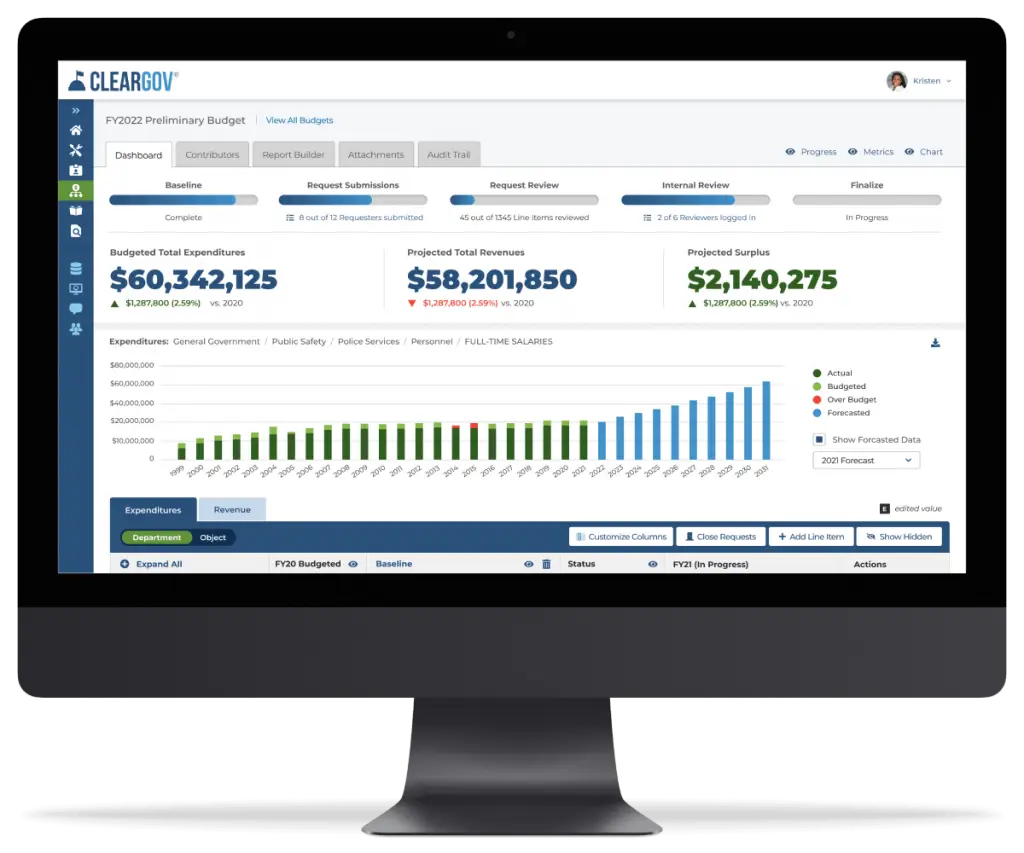The Census Mails in March. Is Your Community Ready? The latest on public perception and effective outreachYou may be surprised to learn that the 2020 Census count is technically already underway. Census Bureau workers ceremoniously kicked off a door-to-door count in the remote rural village of Toksook Bay, Alaska back on January 21st. The rest of us, that is the majority of U.S. households accessible by means other than sled dog, can expect to receive our 2020 Census invitation in the mail by mid March. That gives local civic leaders just a few weeks to set expectations in their communities. A recent Pew Research Center survey reveals good news and bad news about citizen awareness of the census process and what it entails. According to Pew, the number of people who said they intend to participate in the 2020 count is “high overall.” Nearly all adults surveyed (95 percent) have heard of the census and 78 percent say they “definitely or probably will fill out and submit a census form.” The bad news is that there’s less enthusiasm among historically hard-to-count populations, including Black adults, Hispanic adults, younger people, and those with less education. That’s a problem because data collected in the census survey is used to allocate federal funds, draw political maps, and assign congressional seats. And, at the local level, census data informs important decisions regarding public safety initiatives and where to build schools, hospitals, parks, and roads. Local civic leaders can do their part by educating residents about the value of the survey, dispelling common myths, and encouraging everyone to be counted. Fortunately, there’s no shortage of free resources out there to help you reach and engage members of your community. Among the most accessible guides is this easy-to-read Community Outreach Toolkit published by the Census Bureau. The 20-page PDF provides useful tips and evidence-based guidance on how to make your communications and outreach efforts as effective as possible. Best of all, it includes a variety of materials you can start using right away, including printable planning worksheets, posters, and stickers. The National League of Cities (NLC), an advocacy organization devoted to strengthening and promoting cities as centers of opportunity, leadership, and governance, has also curated a number of helpful outreach tools. Visit Cities Count: Preparing for the 2020 Census to access the NLC’s one-stop trove of census-related resources including a guide, checklist, timeline, talking points, and more. As you prepare to promote census participation in your community, here are three more ideas and resources you may find useful. Bridging the digital divideThis year, for the first time ever, people will be able to complete the census online. In fact, the Bureau hopes that 55 percent of responses will be submitted via computer or mobile phone. That said, digital participation is a choice, not a requirement. And digital equity advocates note that not everyone has access to the Internet. Some 35 percent of U.S. adults still don’t have internet at home, including 53 percent of Latinos and 43 percent of Black adults, more than half of those earning under median income, 42 percent of rural residents, and half of elders age 65+. The New School’s Digital Equity Laboratory (DEL), a nonpartisan university center dedicated to advancing digital equity, has published a comprehensive manual for libraries, CBOs, and community advocates called Preparing for the First Digital Census. If you or your organization plan to provide internet access or digital tools and services, this manual will help you create safe digital and non-digital pathways to participation. Allaying fears about the citizenship questionIn June of 2019, the Supreme Court ruled that a question about citizenship could not be included in the 2020 Census. A week after the ruling, the Trump administration acquiesced, ending a year-long battle to include the controversial question, but it seems that not everyone got the memo. According to Pew Research, 56 percent of adults surveyed think the citizenship question will be on the questionnaire and 25 percent said they’re not sure. Confusion around the issue is understandable. In fact, months before the landmark Supreme Court ruling, Amelia Thomson-DeVeaux wrote on the FiveThirtyEight website that “by drawing the census into the broader debate about immigration, the Trump administration may have already helped stoke mistrust in the final result.” According to another study released last week by the Urban Institute, nearly one-third of adults (32.3 percent) are extremely or very concerned about how their answers will be used and with whom they will be shared. The number is even higher among nonwhite and Hispanic adults and among adults in immigrant families. This could obviously lead to a gross undercount of non-citizens and minority residents who fear disclosing their status. Consequently, communities with large immigrant populations may lose representation and federal funding. The National Association of Latino Elected and Appointed Officials (NALEO), a non-partisan organization that facilitates full Latino participation in the American political process, has spearheaded a campaign called ¡Hágase Contar! (Make Yourself Count!). Visit hagasecontar.org to access valuable tools and resources to help you reach out to Latinos and other hard-to-count populations in your purview. Exploring what the census means to your stateFinally, if you’re curious about what’s happening at the state level to encourage a full and complete count, we’ve got a link for that too. The National Conference of State Legislatures (NCSL), a bipartisan organization that provides research, technical assistance, and more for policymakers, has created profiles for each state that provide valuable census insights. Go to NCSL’s 2020 Census Resources and Legislation webpage and scroll down to the State Census Profiles section. From there, you can click on your state name to view a two-page PDF detailing precisely how census data affects funding and congressional representation where you live. Good luck everybody. We’ve been waiting a decade for this. Let’s do everything we can to make 2020 count. Is Your Government Open? Or Is It Clear?Use ClearGov Insights and help local residents truly “get” your town’s whole story: |
